Break-in Complete for the Porsche 911 GT3 – Let’s See What That 9000rpm Engine Can Do!
公開日:2019.06.24
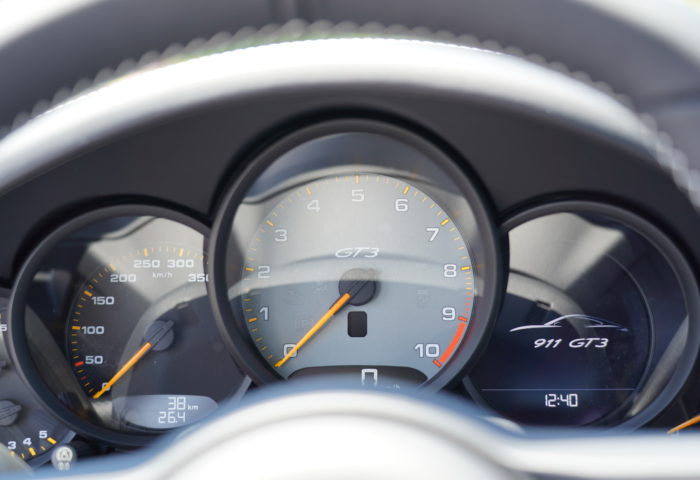
Break-in Complete for the GT3
The 1500km break-in period is over, and the 911 GT3 Touring just had its oil changed at the dealer the other day. During the break-in, we were instructed to keep the revs below 7000rpm, and my husband followed that carefully. Now that the break-in is done, we can finally experience the true nature of this wolf in sheep’s clothing.
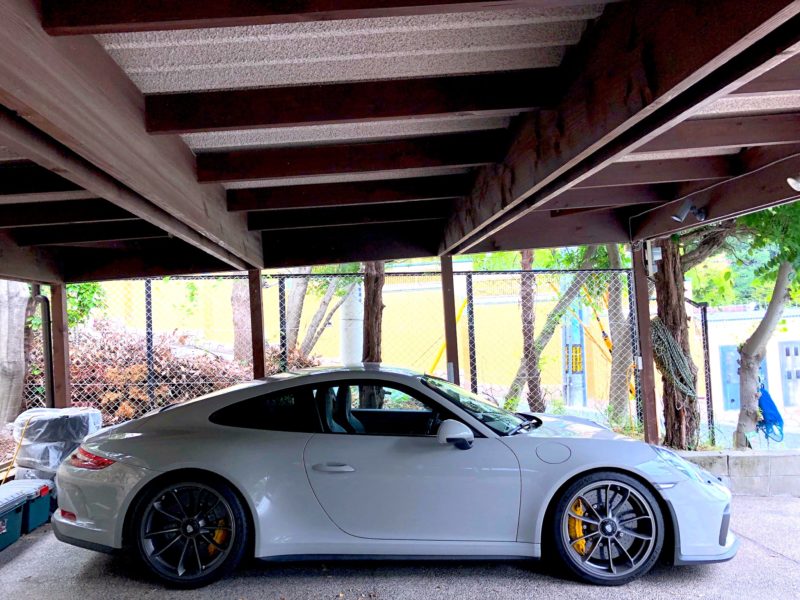
So today, I’d like to share my husband’s review after pushing the GT3 Touring all the way up to 9000rpm.
Boxster GTS vs. 911 GT3
It’s been about two weeks since the GT3 arrived at our home. The 1500km break-in is complete, and the GT3 has just returned from its first oil change and inspection at the dealer.
While the GT3 was in for service, I drove the Boxster GTS, and after a few days, the differences in character between the two cars became very clear.
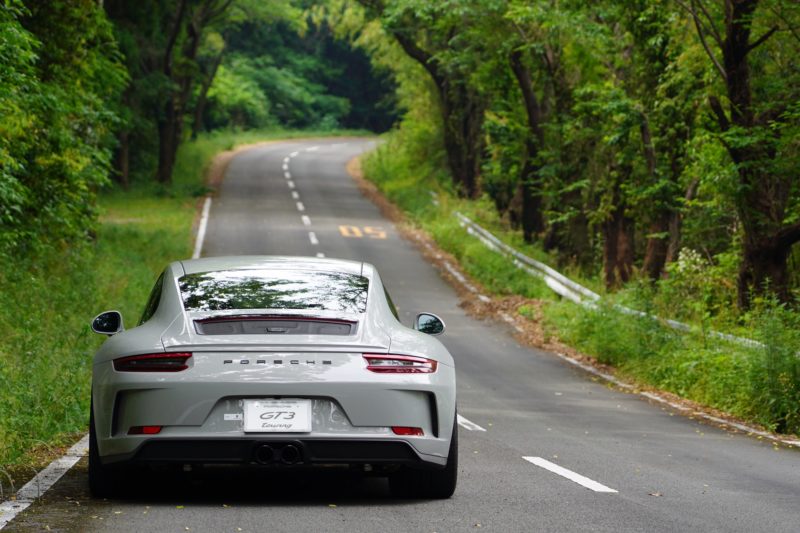
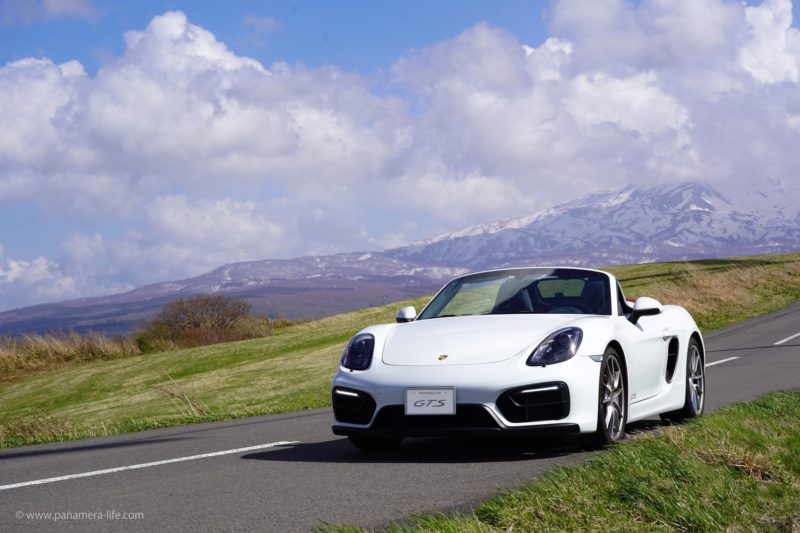
Both are unmistakably “Porsche” in their driving feel, but the Boxster is easier to handle in town and behaves better on rough roads. On smaller winding roads like the Royu Driveway, the Boxster feels more enjoyable, as its power is just right to fully exploit the corners.
I believe the GTS is positioned as a “sports car primarily for street use, but also enjoyable on the circuit.”
On the other hand, the GT3 is a car whose true home is the circuit, but it’s more than capable on the street as well. It inherits the racing lineage directly, but the original 911’s grand tourer roots add a balanced comfort, making it especially fun on highways and higher-speed stages.
It’s extremely race-oriented, always ready to bare its teeth, yet it can cleverly hide that ferocity on the street.
Owning both cars has taught me many things, but one thing is clear:
“What’s amazing about Porsche is that driving a higher model doesn’t make the lower model feel dull or inferior.”
With many other cars, once you experience the top model, you might feel the lower models lack power or refinement. But Porsche manages to avoid that. Of course, preferences and specs play a role, but objectively, Porsche’s base performance is very high, and each grade has a distinct character and tuning that make this possible.
I plan to write more about this topic separately.
Experiencing 9000rpm in the GT3
Back to the story: now that the break-in is complete, the GT3 feels noticeably more supple than when it was first delivered. The suspension, brakes, and engine have all settled in nicely. Most importantly, the driver has become more familiar with the car. Recently, I feel no tension and can handle the car exactly as I want.
During the break-in, we kept the revs below 7000rpm, but now the time has come to release that limiter.
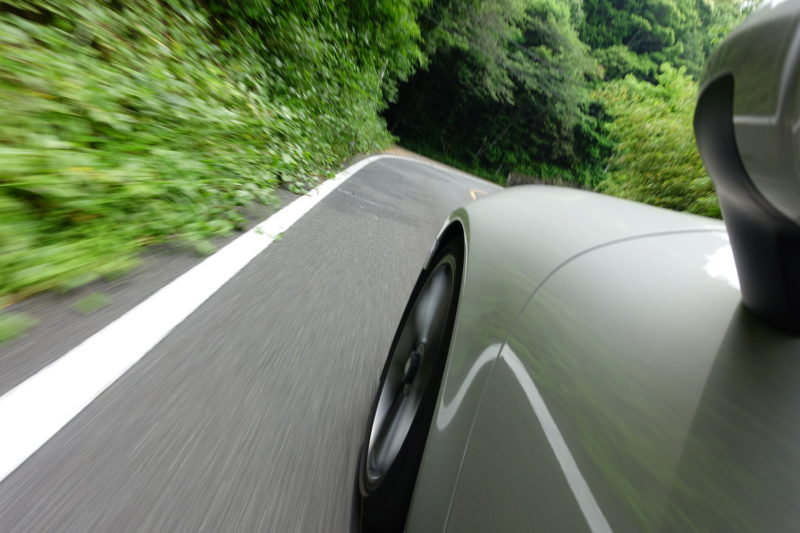
Downshift and press the accelerator deeply. Of course, even though the break-in is over, I’m gentle with the throttle.
Around 4000rpm, the exhaust valves open, and the volume and pressure of the sound remain incredible. Then 6000, 7000rpm pass in a flash… and now comes the unknown territory.
Above 7500rpm, the tachometer needle speeds up even more. The higher the revs, the louder and more intense the sound becomes—a big difference from the Boxster.
In the Boxster, at high revs, the sound becomes thinner and more shrill, and the volume slightly fades. It’s like an amateur trying to sing a scale up an octave repeatedly until their voice cracks. The acceleration of the revs also slows down a bit above 7000rpm. (Still impressive compared to most sports cars, though.)
The GT3 surpasses 8000rpm, and at that point, the G-forces are so strong it feels like your head is being pulled backward. Even easing off the throttle slightly, the engine still wants to keep spinning on its own momentum. The revs climb insanely fast, and the loud, thrilling sound fills the cabin as the tachometer needle races toward 9000rpm.
Just before 9000rpm, I clutch in and shift up. Even with the throttle still pressed, the GT3’s computer controls the revs seamlessly, transferring torque to the next gear without losing acceleration.
Words like “pleasant” or “thrilling” don’t do it justice. It’s almost madness.
I enter a corner with mid-range revs, slightly overspeeding. During the break-in, I was cautious, but now I’m daring a bit.
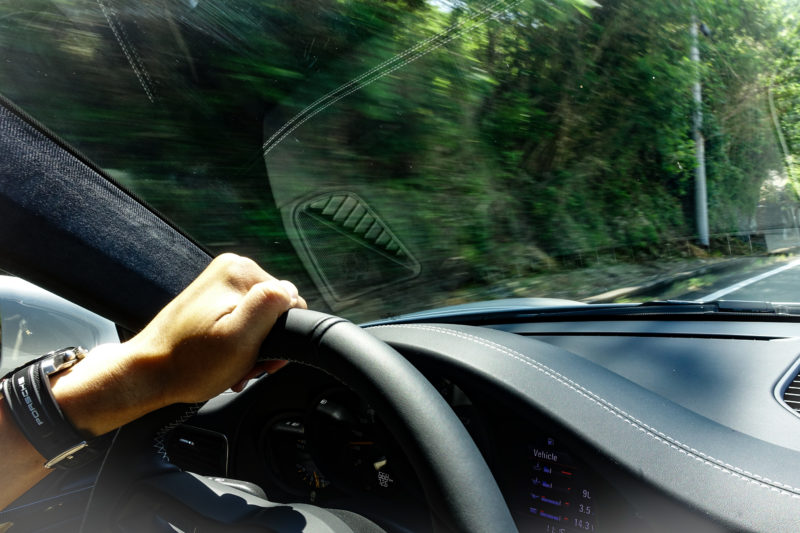
The Pilot Sport Cup 2 tires cling to the road without losing grip, attacking the corner. Even at lateral G-forces where a normal car would start sliding, the GT3 bites in stages, and the steering feedback feels like it’s slicing through the corner effortlessly.
Later, I checked the vehicle control data recorded by the Porsche Track Precision app. There was a brief moment of understeer, but it was mostly neutral steering throughout.
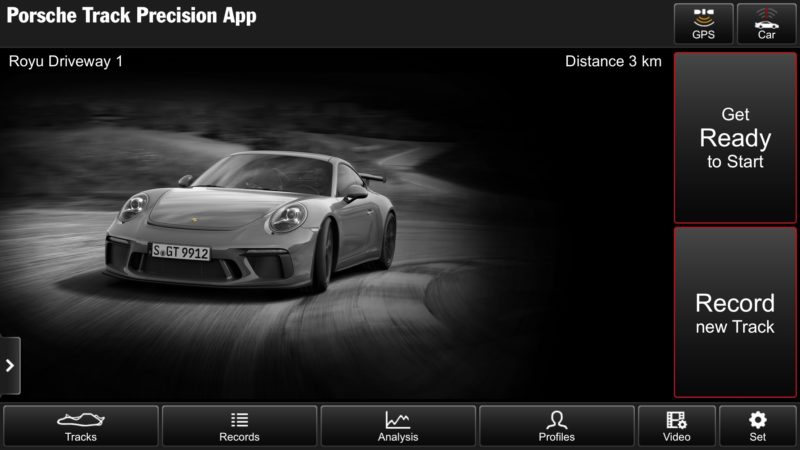
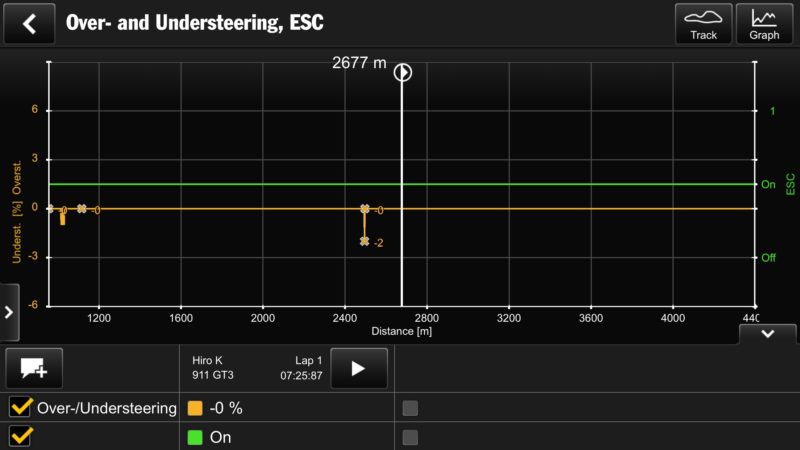
I’m sure the GT3’s true potential is far beyond this. My skills aren’t quite there yet, and I think you really need to take it to the circuit to understand the GT3’s real “amazingness.”
Soon, I plan to bring the GT3 to the track and write a review from there as well.
このブログが気に入ったらフォローしてね!


Comment ( 0 )
Trackbacks are closed.
No comments yet.